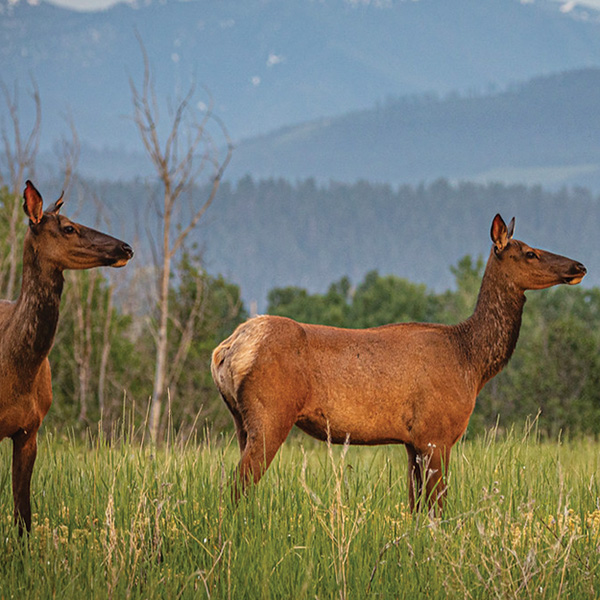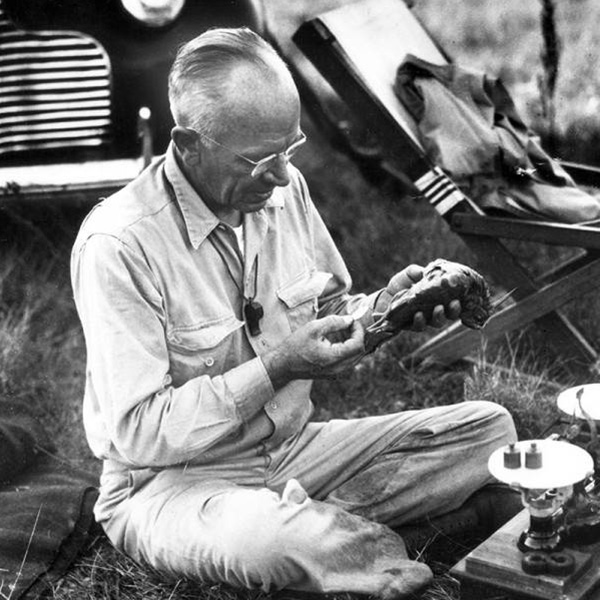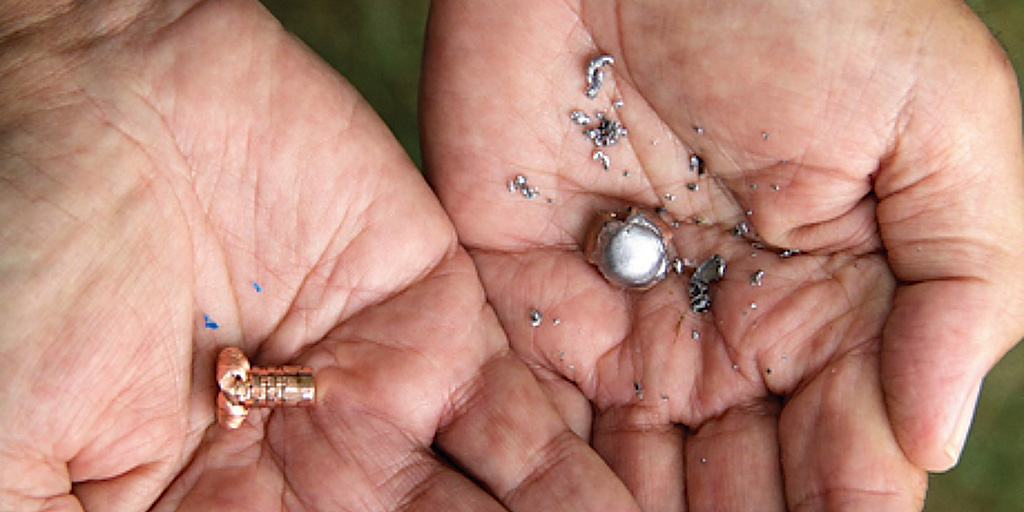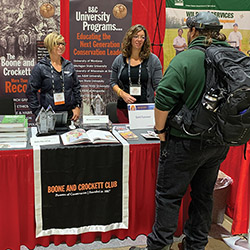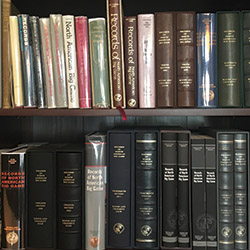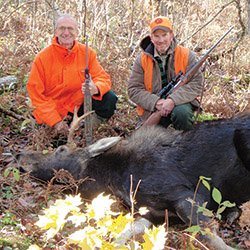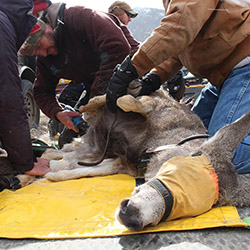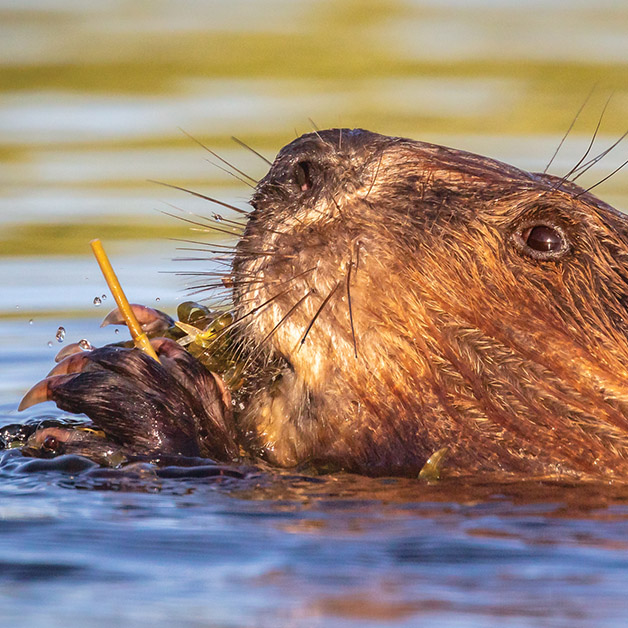
Fur Trapping and the North American Model of Wildlife Conservation
By John Organ — Recently, there has been a resurgence of legislative action that would ban or greatly restrict fur trapping in certain jurisdictions in the United States. The protagonists of these initiatives claim that trapping is inconsistent with the North American Model of Wildlife Conservation (NAM) and violates principles of wildlife governance. Are these claims valid? No, and I’ll explain why.

